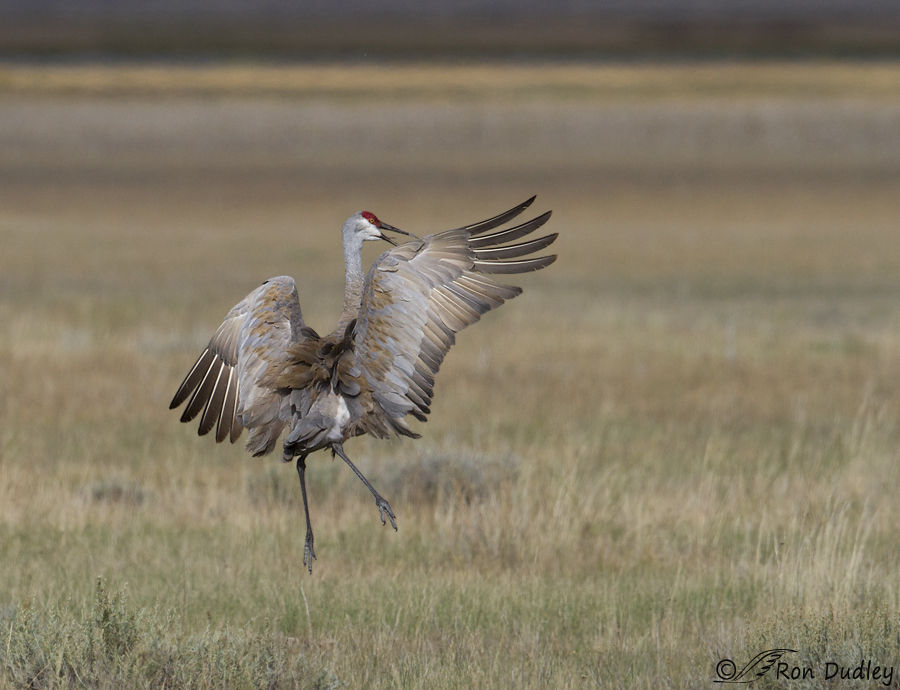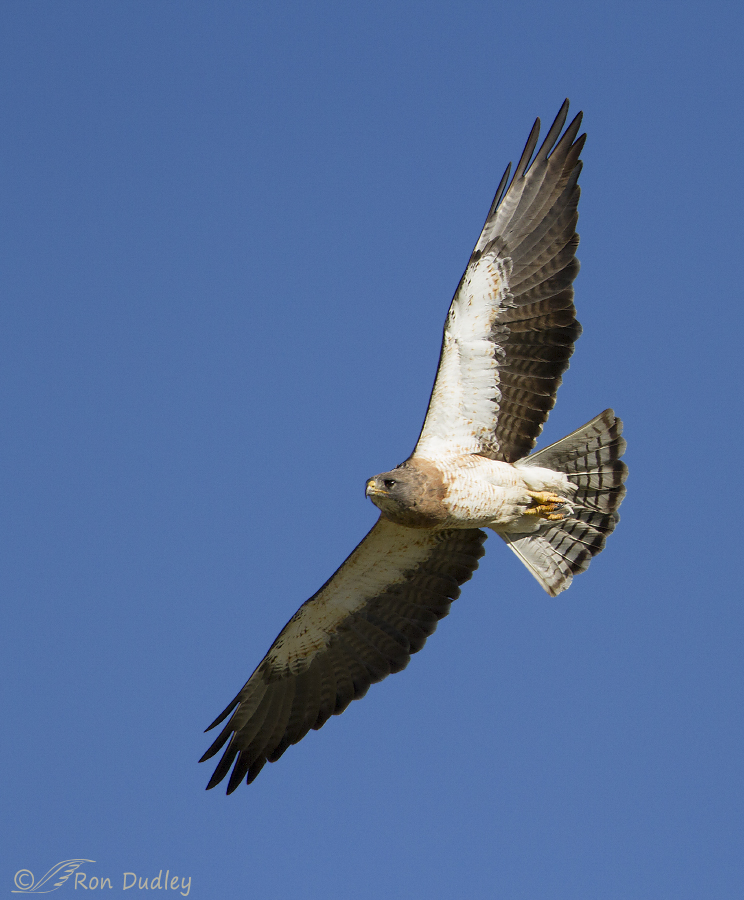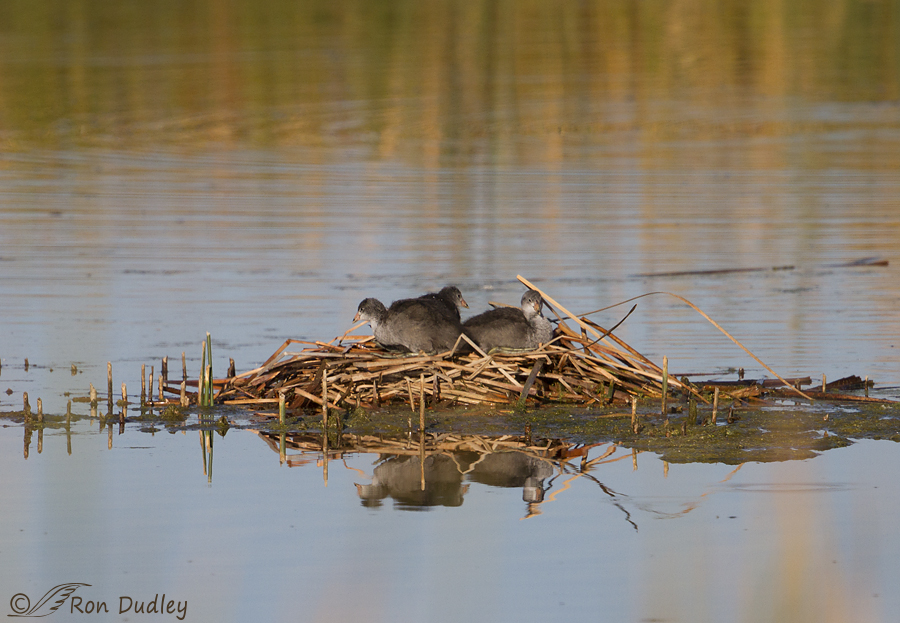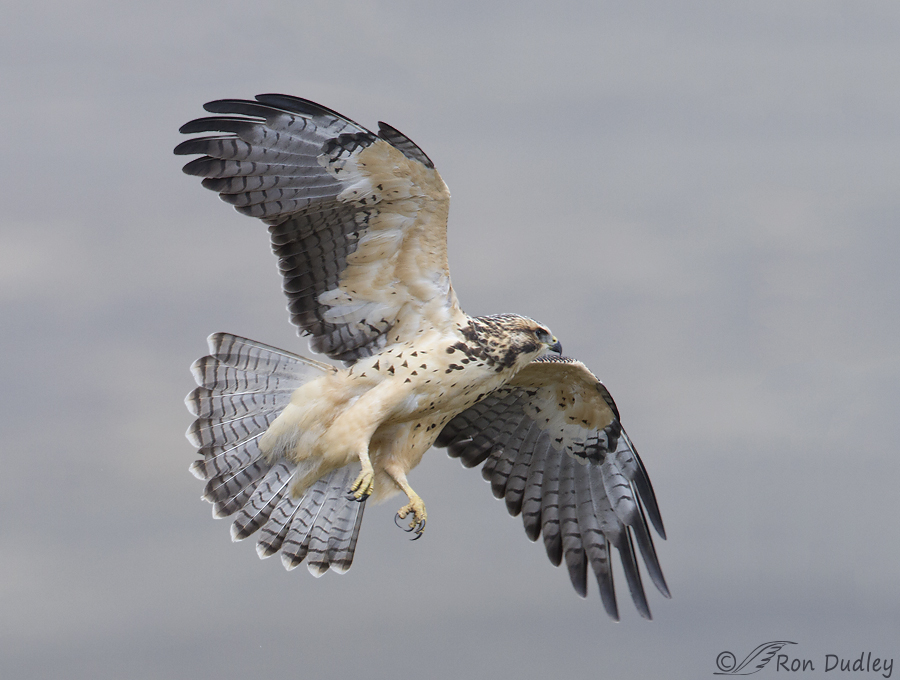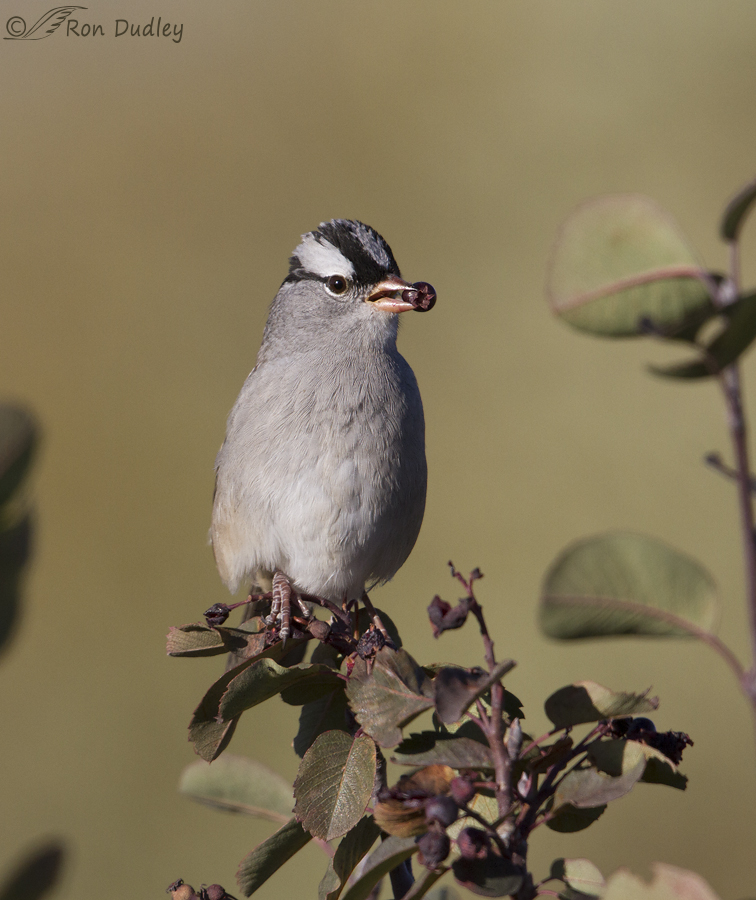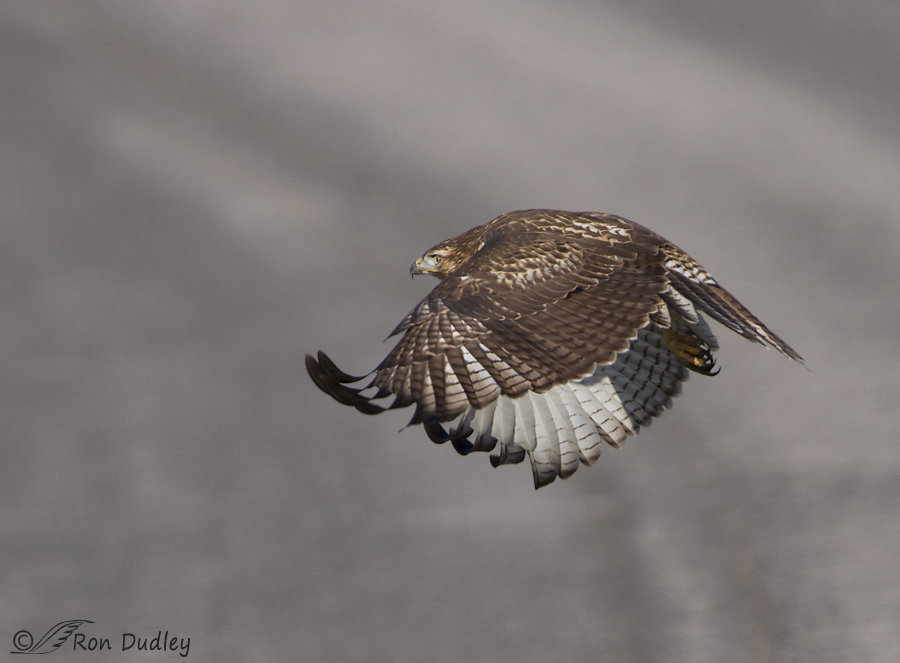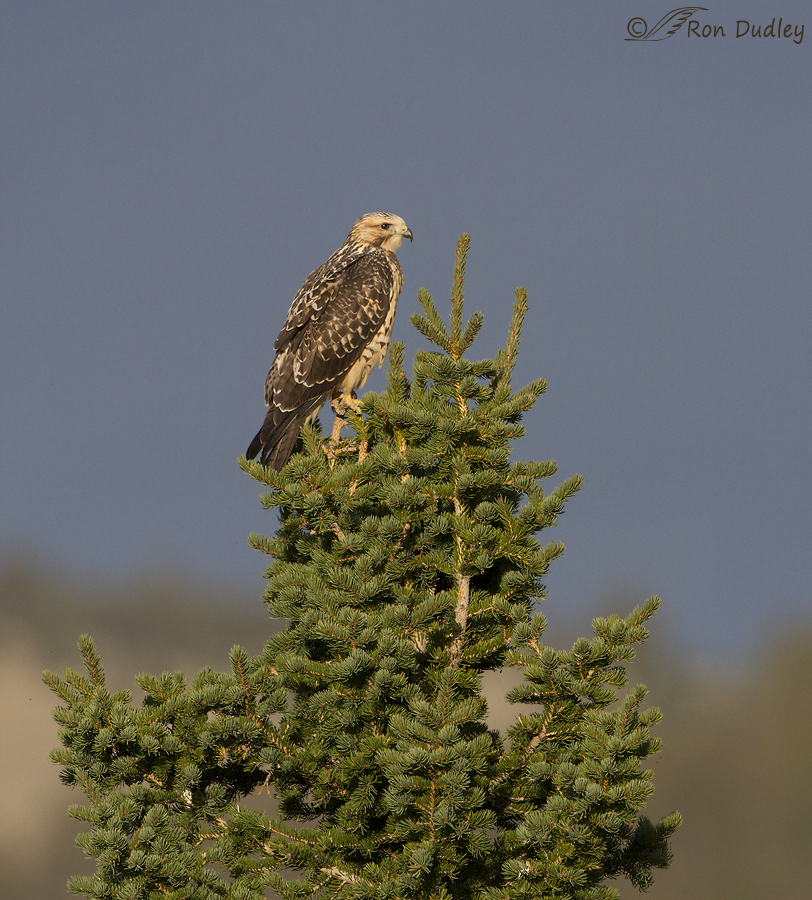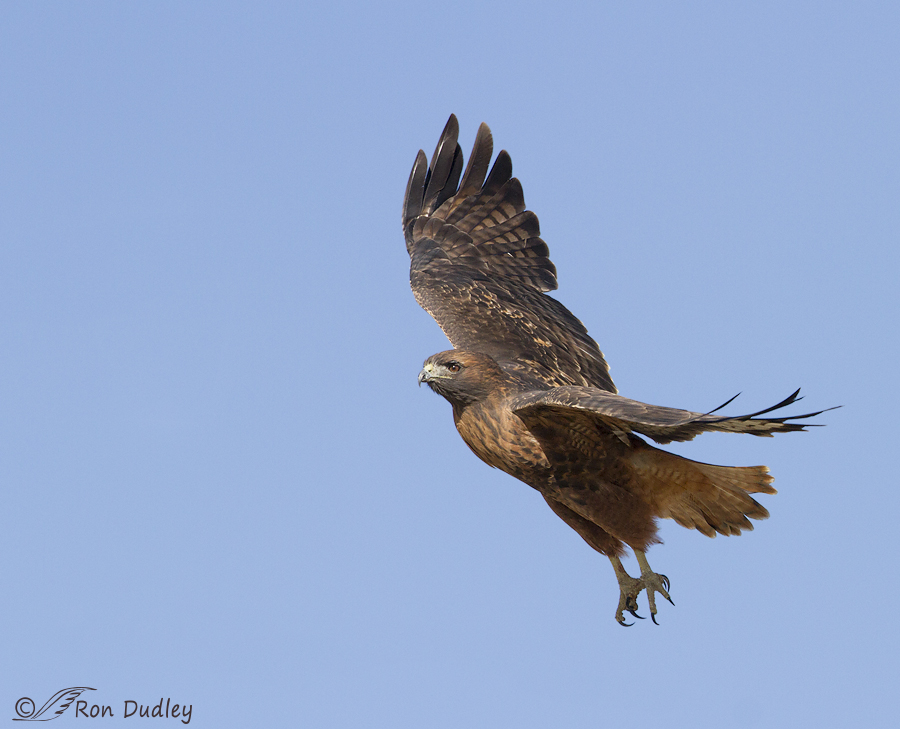Month: October 2014
Curious Swainson’s Hawk Checking Me Out In Flight
Northern Harrier “Playing”
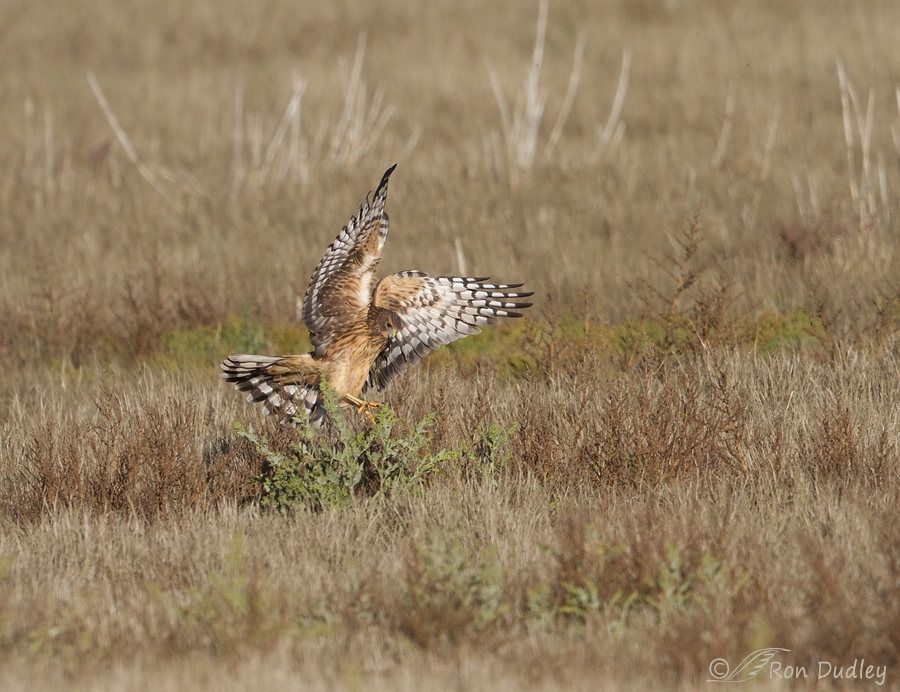
Play has been well documented in some bird species and I believe I photographed that behavior in a Northern Harrier this week. This bird was too far away for quality images but I think the behavior is well documented in the photographs. I first spotted this hawk on an ugly metal fence post but as soon as I stopped my pickup to watch it through my lens the wary bird took off. Almost immediately it performed a spectacular and classic harrier mid-air maneuver by changing directions and pouncing on something in the grasses. I presumed it to be a vole. For about two minutes the bird continually struggled, wrestled and pounced on something I couldn’t see. The activity was quite frenetic and I took many photos of it. As I watched through my lens I wondered if the harrier was trying to avoid being bitten by a vole or even a larger rodent. Eventually the harrier took off with its “prey”, which turned out to be dried cow poop. Cow pies are common in this area because refuge managers run cattle there in the summer in an attempt to control invasive phragmites (personally I’m not a fan of cattle on public lands but that’s another story…). The harrier carried the cow pie only a few feet… before dropping it. Whether that was done deliberately or not I don’t know but I suspect that it was because in the image just before this one (just as the pie…
Have You Seen Birds Nesting This Late In The Season? I Just Did…
Juvenile Swainson’s Hawk Presenting Its Best Side In Flight
White-crowned Sparrow Attempting To Feed In The Wind
Why Did The Red-tailed Hawk Cross The Road?
The Evolution Of A Nest Tree Over Three Summers
Mountain Bluebird And Perch – Both Battered and Bruised
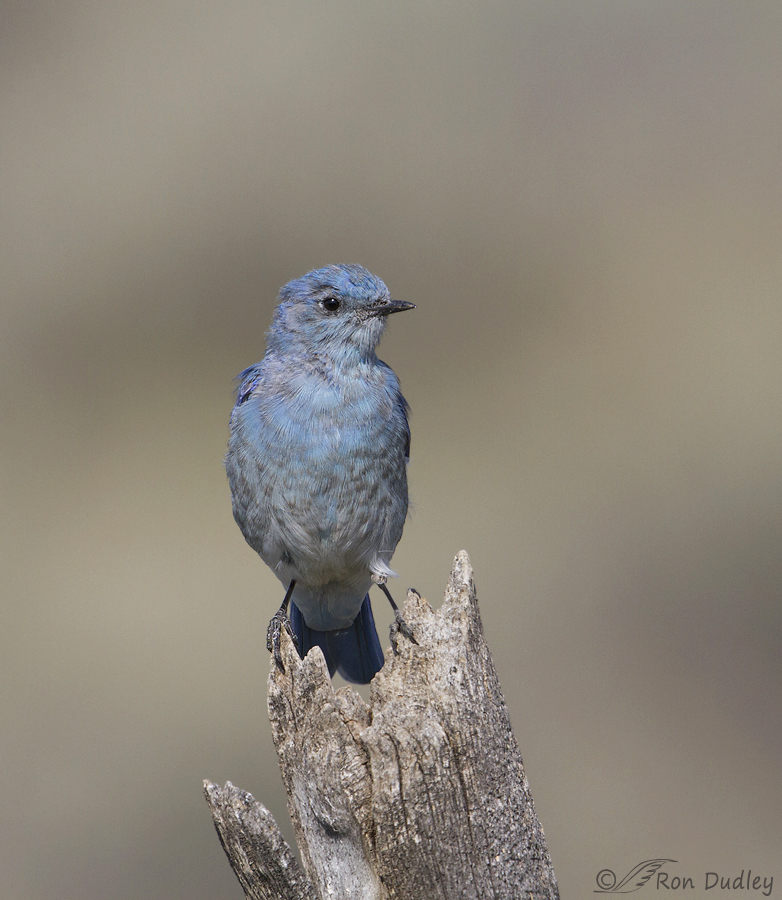
Conditions are tough in the Centennial Valley of Montana, for both the living and the long-dead.
I realize that this image isn’t likely to have universal appeal, partly because the bluebird is in pretty rough condition. But so is the fence post and there’s just something about that visual congruity that grabs me.
Cloning Background Elements – A Slippery Slope
Double-Crested Cormorant Flying Among The Clouds
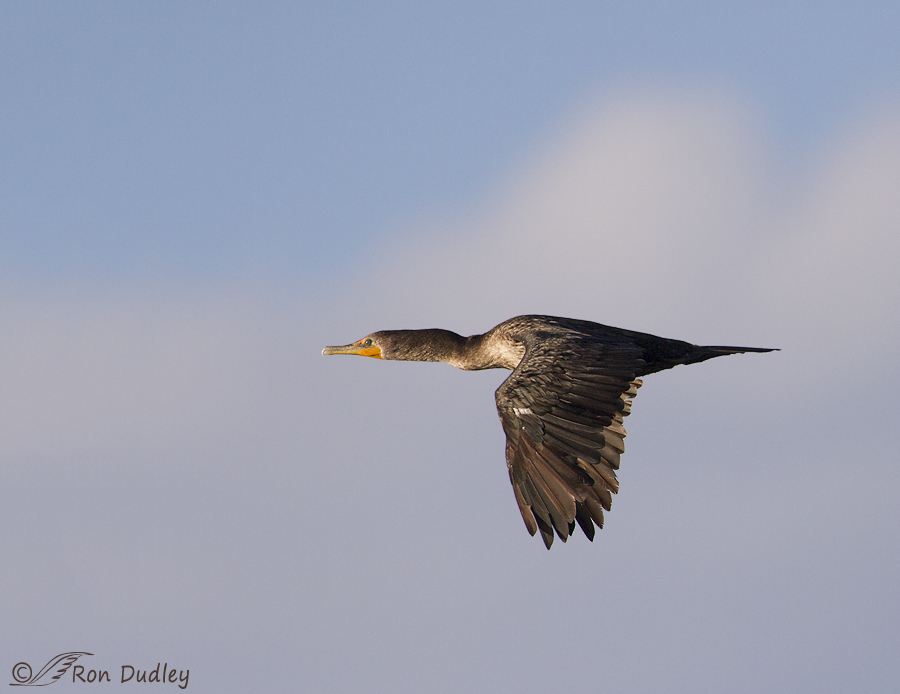
I’m not much of a fan of plain blue sky backgrounds for flight shots and on this morning I was resigned to such an outcome in any flight shots I might get because the sky was virtually cloudless. But just as I snapped the shutter this bird passed by one of the few small clouds to be found anywhere and there was even a tinge of pink provided by the color of the rising sun.
Southwest Montana Kestrels – A Status Update
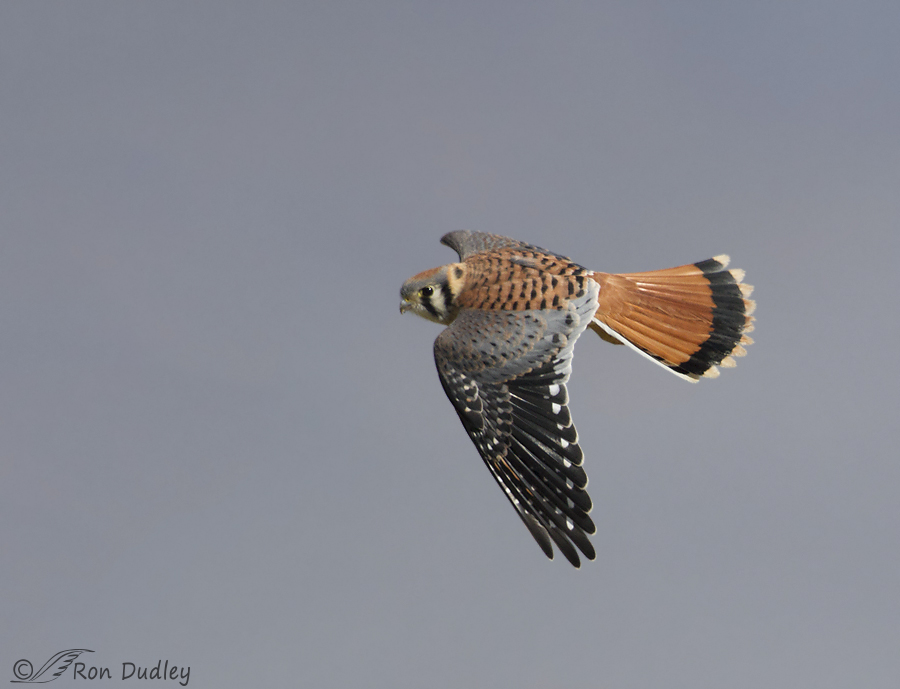
American Kestrels have long been North America’s most abundant bird of prey but over recent decades their numbers have declined precipitously. For that reason I pay particular notice to kestrel numbers when I return to the same area year after year and because I spend so much time in southwest Montana that region is near the top of my “kestrel watching” areas.
Curious Swainson’s Hawk Checking Me Out In Flight
Northern Harrier “Playing”

Play has been well documented in some bird species and I believe I photographed that behavior in a Northern Harrier this week. This bird was too far away for quality images but I think the behavior is well documented in the photographs. I first spotted this hawk on an ugly metal fence post but as soon as I stopped my pickup to watch it through my lens the wary bird took off. Almost immediately it performed a spectacular and classic harrier mid-air maneuver by changing directions and pouncing on something in the grasses. I presumed it to be a vole. For about two minutes the bird continually struggled, wrestled and pounced on something I couldn’t see. The activity was quite frenetic and I took many photos of it. As I watched through my lens I wondered if the harrier was trying to avoid being bitten by a vole or even a larger rodent. Eventually the harrier took off with its “prey”, which turned out to be dried cow poop. Cow pies are common in this area because refuge managers run cattle there in the summer in an attempt to control invasive phragmites (personally I’m not a fan of cattle on public lands but that’s another story…). The harrier carried the cow pie only a few feet… before dropping it. Whether that was done deliberately or not I don’t know but I suspect that it was because in the image just before this one (just as the pie…
Have You Seen Birds Nesting This Late In The Season? I Just Did…
Juvenile Swainson’s Hawk Presenting Its Best Side In Flight
White-crowned Sparrow Attempting To Feed In The Wind
Why Did The Red-tailed Hawk Cross The Road?
The Evolution Of A Nest Tree Over Three Summers
Mountain Bluebird And Perch – Both Battered and Bruised

Conditions are tough in the Centennial Valley of Montana, for both the living and the long-dead.
I realize that this image isn’t likely to have universal appeal, partly because the bluebird is in pretty rough condition. But so is the fence post and there’s just something about that visual congruity that grabs me.
Cloning Background Elements – A Slippery Slope
Double-Crested Cormorant Flying Among The Clouds

I’m not much of a fan of plain blue sky backgrounds for flight shots and on this morning I was resigned to such an outcome in any flight shots I might get because the sky was virtually cloudless. But just as I snapped the shutter this bird passed by one of the few small clouds to be found anywhere and there was even a tinge of pink provided by the color of the rising sun.
Southwest Montana Kestrels – A Status Update

American Kestrels have long been North America’s most abundant bird of prey but over recent decades their numbers have declined precipitously. For that reason I pay particular notice to kestrel numbers when I return to the same area year after year and because I spend so much time in southwest Montana that region is near the top of my “kestrel watching” areas.


